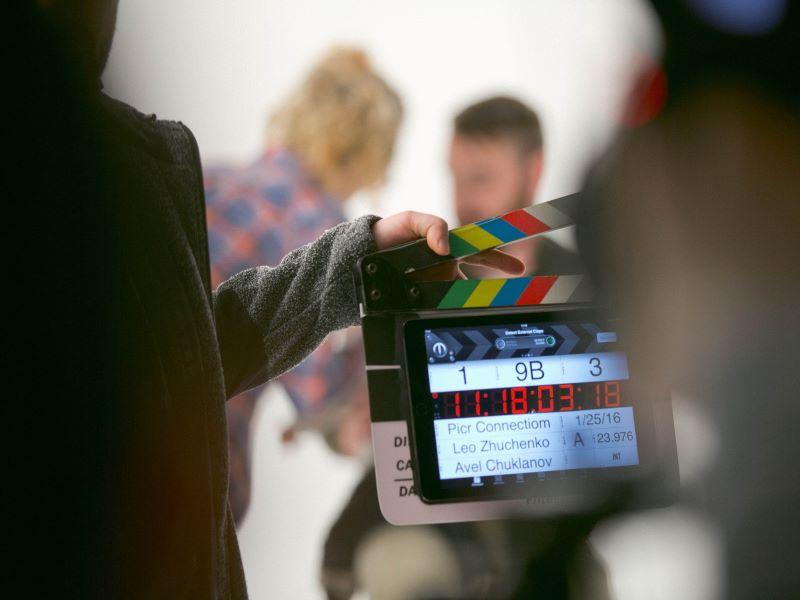Finding opportunities for students across campus to gain real-world experience in their disciplines can be challenging. One strategy to create these opportunities is to build cross-department collaborations that capitalise on the interests and talents of different student disciplines.
So, media students could work with student research teams to creatively communicate their projects to wider audiences. A collaboration between the undergraduate research office and the communications department can provide a wealth of topics and subjects for hands-on creative projects, such as writing features for the campus newspaper or creating a podcast of student research projects. At the same time, this engagement with the media provides a hugely valuable opportunity for the research students to practise their communication skills.
Mini documentaries to communicate research
A collaborative project that fosters creativity while amplifying research is student-produced mini documentaries, or stories, about student research projects. Teams of production students do everything, from logistics – such as scheduling, writing interview questions, adjusting lighting in the studio and setting up camera equipment – to filming and editing. Research students from a variety of disciplines, but largely STEM departments, serve as the “talent” in the stories.
- How film storytelling can enhance learning in STEM subjects
- Using animation to stimulate learner engagement
- Resource collection: Creativity in higher education
The biggest impact of the project on the research students is gaining experience in sharing their science and other research projects in a format that isn’t typically part of an undergraduate curriculum. At many institutions, research students practise more “academic” forms of communication, such as giving presentations at conferences; but an opportunity to practise communicating with the mass media is a valuable addition to their professional development. Both groups of students can share their work – mini documentaries as well as research results – as part of an annual campus-wide research and scholarship celebration.
Benefits of interdisciplinary collaboration
Exposure to other student viewpoints is powerful and several of our students who took part in such a project reported that working as part of an interdisciplinary team broadened their perspectives and made them more confident in their abilities within their own discipline. By collaborating on a creative project, each student could contribute his or her own strengths to a shared goal with better outcomes than they could achieve on their own.
The mini documentaries created during this project can also be used as promotional materials by both the communication department and the undergraduate research office for recruiting new students into this or similar projects outside of the classroom. Communication students can see concrete examples of creative projects they could work on in telecommunication and film, offering them a better insight into possible careers within that field. Students across campus can view the research projects featured in the stories to gain a better understanding of what research projects might be possible on campus. Since the ideas being presented come from other students, getting engaged in research may feel more achievable.
Lessons from running creative collaborations
- Name a leader: It worked well to assign one student as the team leader on each team. The leaders felt more ownership of the films and ensured that the projects kept moving forward.
- Introduce the project: At the start of the semester, we hosted a meeting of all participating students and faculty involved in the project. We gave students an overview of the project, including the goals and benefits, and introduced the teams. That proved an effective way to make initial connections within teams and ensure everyone felt like they were part of a larger overall project.
- Universal standards: It was helpful to create standard unifying features of the mini documentaries, including the approximate length for each, common interview questions and use of the undergraduate research office logo.
- Research experience: We selected research students with at least one semester of research experience before the project, so they had developed communication skills in more traditional settings, including writing a research project proposal or presenting at a conference.
- Safety first: We headed off potential safety issues of filming in STEM labs by reaching out to faculty at the start to let them know that filming in their lab spaces would be pre-approved by them and that film students had identified alternate locations as backups.
A project like this that pairs research students with communication students provides real-world experience that will benefit both groups and leave them better prepared for their next steps. Furthermore, the stories created can be used to recruit the next group of student participants and build towards a more creative culture on campus.
Allison Schwartz is director of undergraduate research at the University of West Florida.
If you would like advice and insight from academics and university staff delivered direct to your inbox each week, sign up for the Campus newsletter.




comment